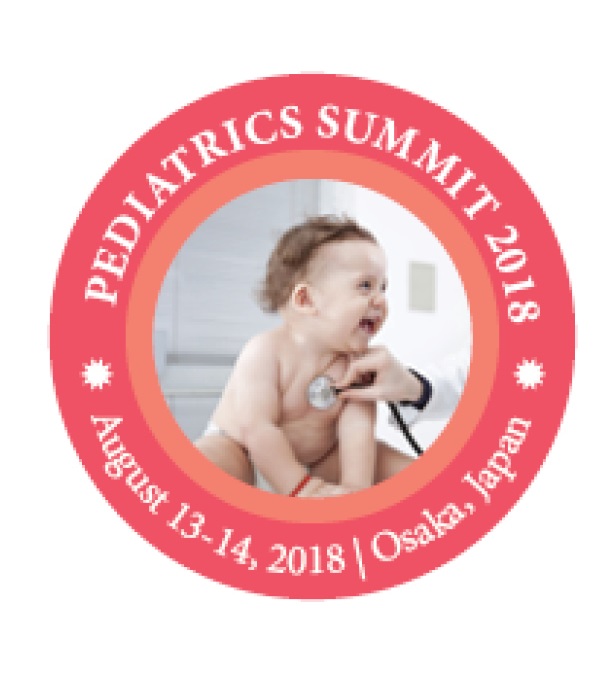
Ajay Desai
Royal Brompton Hospital, United Kingdom
Title: Paediatric ECMO outcomes in a “low volume†centre–strategies to achieve good outcomes
Biography
Biography: Ajay Desai
Abstract
Background: Currently the most common method of mechanical circulatory support for pediatric patients is Extracorporeal Membrane Oxygenation (ECMO). According to ELSO guidelines, the cost eff ectiveness of providing fewer than 6 cases per year combined with the loss or lack of clinical expertise should be taken into account when developing a new ECMO program. “Low volume” ECMO programs (<20 cases/year) may need additional continuing education for all team members. Aim: As a tertiary paediatric cardiothoracic intensive care unit and a “low volume” ecmo centre, we report our neonatal and paediatric ecmo outcomes and the steps taken to ensure delivery of a high quality and safe service despite relatively low case volumes. Methods: • Retrospective review of consecutive paediatric ecmo patients (Jan 2011 - June 2018). • Review of our paediatric ECMO programme – structure, governance, training, research and audit and collaboration with regional and National ECMO/transplant centres. • Survival was defi ned as either survival to 30-days post decannulation or to discharge from PICU to paediatric ward or regional/ national transplant centres for further assessment. Results: During the seven-and-a-half-year period a total of 78 patients received ECMO support. Neonates (26); infants (32) and children (20); age range 1day-14 years. Th e number of patients receiving ECMO support increased in initial years and then plateaued: 5(2011), 7(2012), 10(2013), 15(2014), 11(2015), 12(2016), 10(2017) and 8(2018). Diagnostic categories included – post cardiotomy (47), other cardiac (25), respiratory (5) and sepsis (1). All received VA ECMO support. 14 out of 78 patients (18%) were transferred to regional/national transplant centres for transplant assessment. 43/78 (55%) children survived to PICU discharge. ECPR: 35 patients (44%) received ECPR support. Median (range) duration of CPR was 46 min (28-120). Overall ECPR survival rate was 51.5%. Strategies used to ensure good ecmo outcomes: 1. Updating the structure of the ECMO programme in line with ELSO guidelines. 2. Ensuring adequate education and training for staff through - a. Mandatory ECMO training courses with in-built multi-disciplinary high fi delity ecmo simulation. b. Bed-side ECMO work experience for staff in collaboration with regional ecmo centres. 3. Research and audit. 4. Decision making in multi-disciplinary forum. 5. Collaboration with in house “high volume” adult ecmo program. 6. Collaboration with regional/national ECMO centres–staff training/advice/transfer. Conclusions: Paediatric ECMO survival outcome rates comparable with ELSO data are achievable in a “low volume” ECMO centre. A structured ECMO programme with good governance focussing on continuing ECMO education and training, auditing our clinical practice along with close collaboration with regional/National transplant centres is vital.

